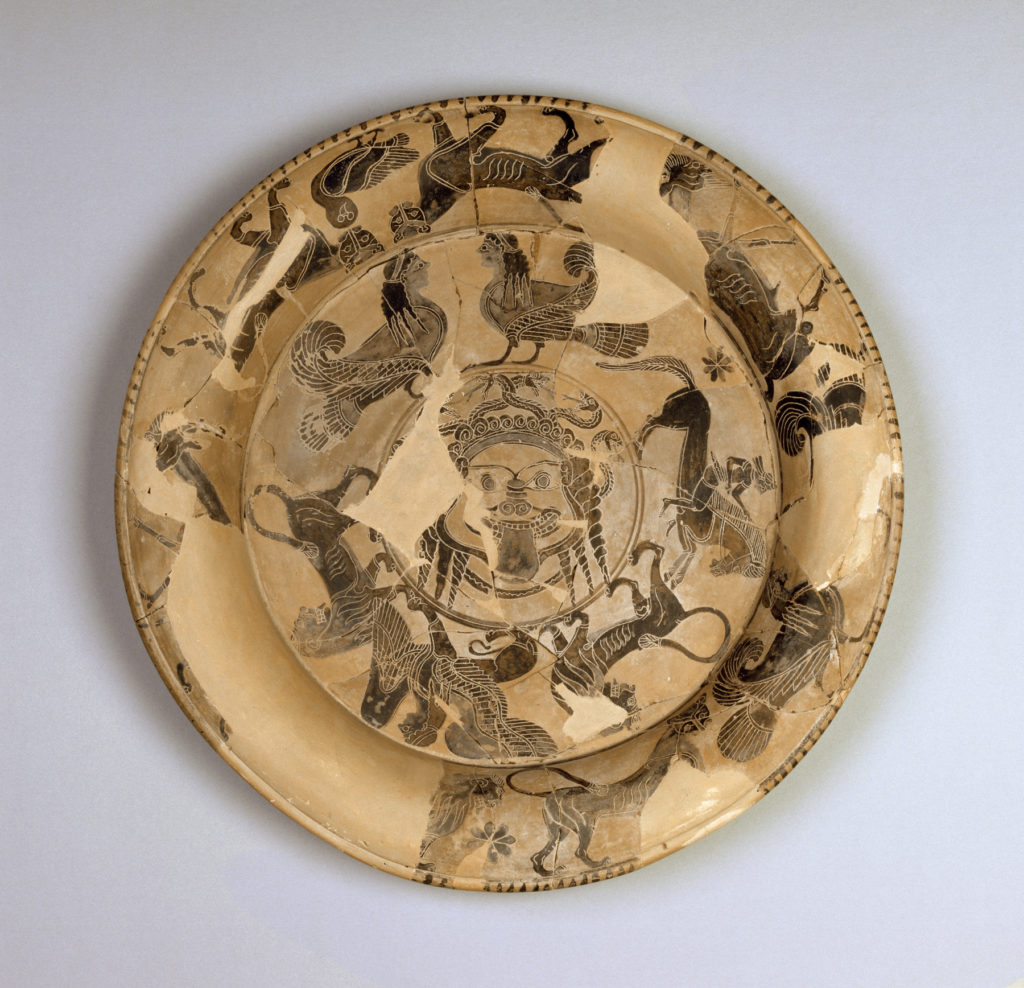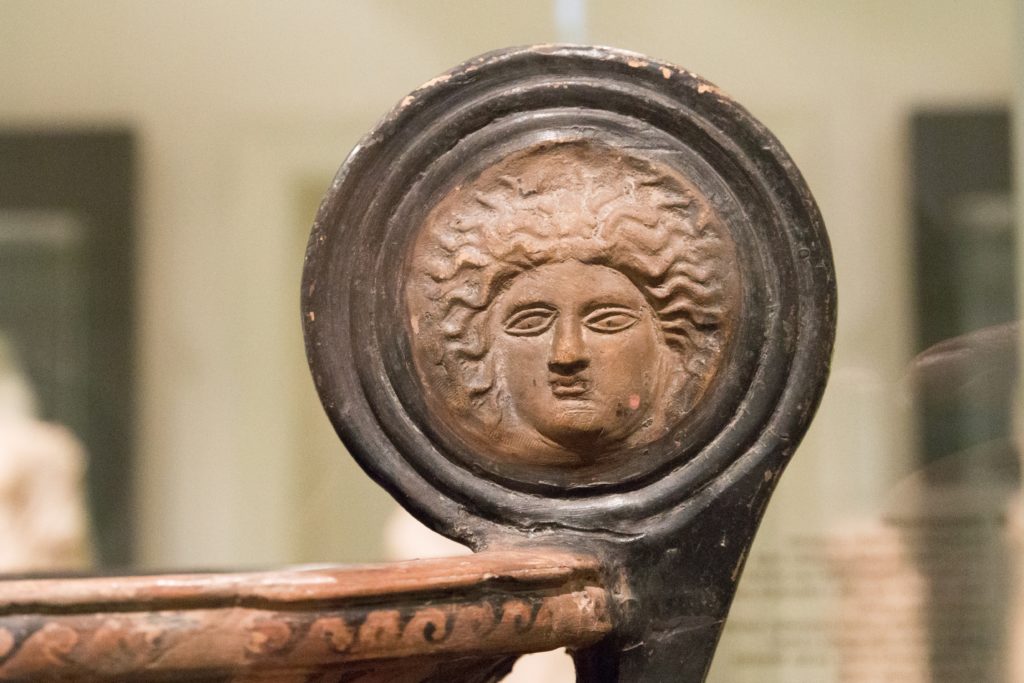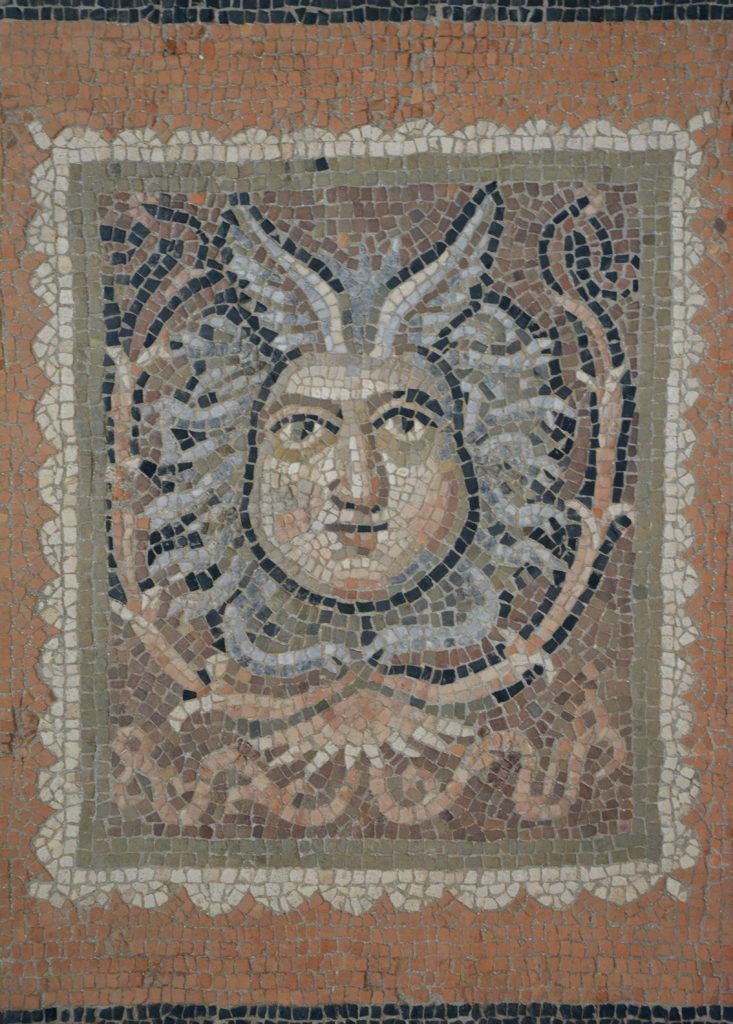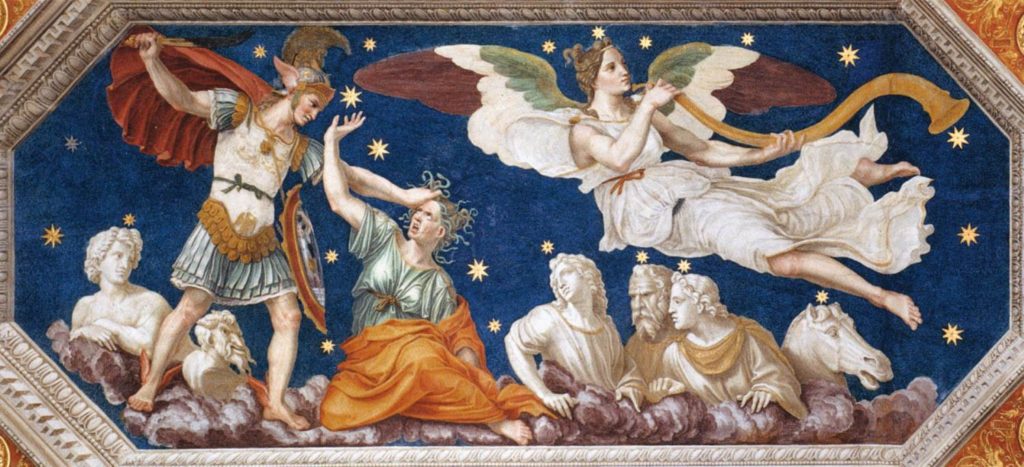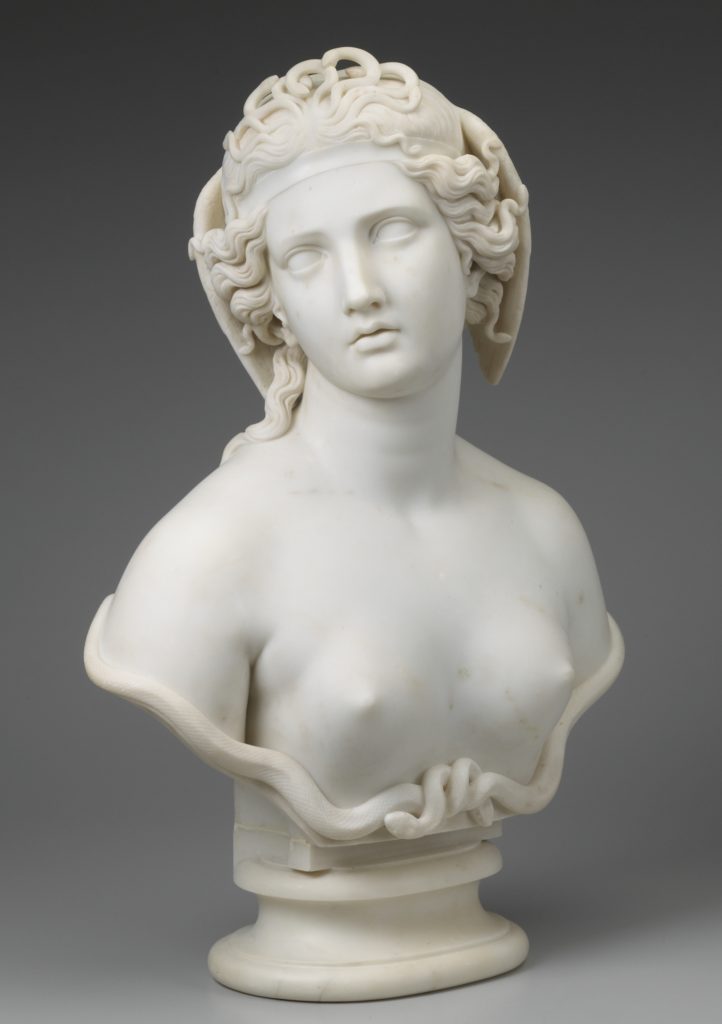
I don’t know how many of my readers are aware of the banning of a feminist from New Zealand from the Wellington Zinefest for her political beliefs.** Renee Gerlich had her registration refunded and was asked not to participate in the festival after organizers became aware of her peaceful activities protesting the sex industry through art and an article on her blog criticizing the medical transitioning of children. She was told that “your presence at zinefest would jeopardise the safety of our queer and trans artists, people we have worked hard this year to protect and create a safe space for.” That the zines Gerlich planned to sell at her booth were themselves inoffensive to the organizers did not matter.
Banning somebody from purchasing a booth at a festival because you don’t like something they once wrote on their blog? Really?
This attitude recalls the disinvitation by the Norwegian government a few years ago of Janice Raymond, who was scheduled to present a paper on prostitution. She wrote a book over thirty years ago on a different topic that had become objectionable to trans activists. Granted, the New Zealand example is on a small scale, grassroots level, but this exemplifies how censorship of feminists is being waged across the liberal/left spectrum, perpetrated by both government officials and scruffy anarchists. It is a censorship project underway from the far north to the far south and everywhere in between.
The phrase “safe space” is fast becoming a code word for “censor and suppress free speech.” Donald Trump used the phrase, albeit loosely, a week ago in denouncing the cast of the play Hamilton for calling out Vice President-elect Michael Pence. “The theatre must always be a safe and special place,” Trump tweeted. It is only fitting that the so-called “safe” phraseology of censorship should be put to use by fascists since it embodies a fascist concept. The tools male supremacists on the left/liberal spectrum have in desperation pioneered to assert dominance over females within their movements will increasingly be put to extreme rightwing uses. Look for “inclusivity” to move beyond its current usage as a rationale for excluding radical feminists from the public discourse, and get ready for it to exclude those who threaten the “safe space” of white supremacists and Christian fundamentalists.
Since they monitor everybody’s blogs, I suppose I am never going to have a booth at the Wellington Zinefest. And as for the Norwegian government: don’t bother to invite me. I’m sure I also wrote something thirty years ago you wouldn’t like.
*Apologies to Robin Morgan; it just fit so well.
**Thanks to stop trans chauvinism for directing me to writing by renee.

